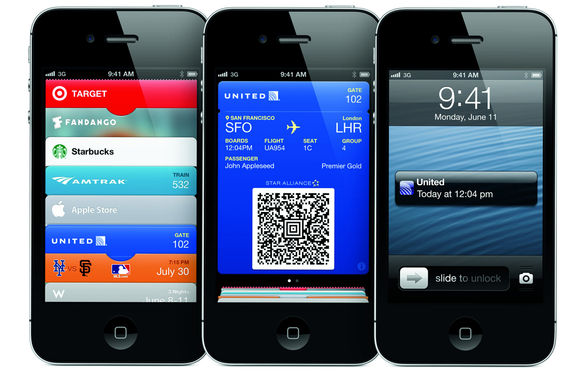The Apple Watch was announced recently. This is no news to you. You’d have to completely shut yourself off from the outside world in order to have missed that announcement. What has resulted is a flurry of critiques of the product, as well as speculation on sales. On this, it seems people are pretty split: “among the finance set, estimates range from a few million to almost 40 million in the first year of sales.”

Interestingly enough, CNBC recently featured a number of business professionals, marketers, writers, bloggers, etc. to speculate on what the future of social media will look like. A number of these predictions focused on the integration of wearables into our daily lives and our social media.
- Melody Kramer of NPR predicted the following: social media “will become part of the fabric of our clothes, part of the glasses we wear and the shoes we put on, and the gadgets we no longer see as gadgets but as part of our very selves. Social will measure, but sharing will become more passive in the process; it won’t require any effort on our part to share any part of our lives.”
- Piera Gelardi, a creative director of Refinery 29 predicted: “I think that anything we talk about in 25 years is going to sound like science fiction. Mobile is the first step toward the portable future of social media and how we consume it, and I think wearables will be a big part of that. I can see it evolving into an implanted device in our bodies that will connect to everything around us.”
That might seem a little far-fetched right now, but the common trend is that wearables could be a large part of our daily lives within a short period of time. The information that we process and share could be shared even more instantaneously while we’re on the go. We could be constantly collecting data as we walk, talk, jog, or mountain climb. Our weekend getaway could be supplied by a virtual reality machine (see: Oculus).
The predictions are an interesting read and they do raise many important questions:
- As social media becomes more and more engrained in our lives, will we even view social media as a separate entity or will it simply be commonplace in our share of ideas, commerce, etc.?
- How quickly will the shift from online/mobile platforms change to wearable platforms? When will this be adopted by the majority of consumers? How will this impact our lives and the industry?
- Is the Apple Watch the first step — or is it just a gimmick?
 Follow
Follow



